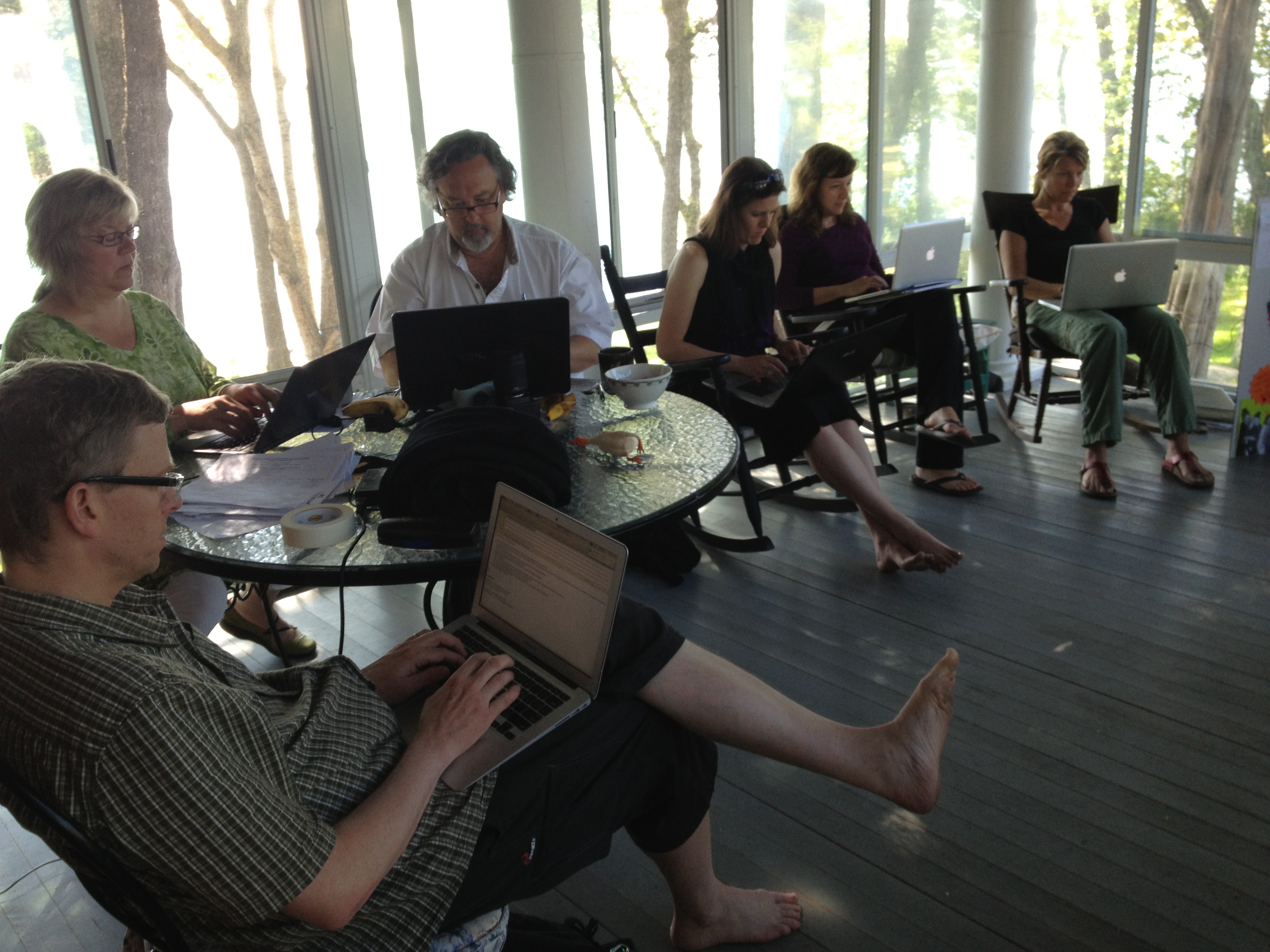Aug 8, 2013
Thanks to Karyn Greenstreet of Passion for Business for allowing us to repost her original blog post!

We all know there are two personality styles that are polar opposites of each others, right?
I wish it were that simple.
Introversion and extroversion are on a line, a continuum. Sometimes people will be strongly to one side or the other on that continuum, but often people exhibit mixed tendencies, especially in a group setting where there is rapport and trust.
For example, an introvert like me (yes, I consider myself an introvert!) might be quiet around new people, but very gregarious when with my mastermind groups. I might be quiet when I’m the student and trying to absorb new information, and highly extroverted when I’m the teacher. We all fall somewhere on the spectrum, and often it’s situational.
So let’s define what we mean by these terms:
An introvert gains energy by being alone, and expends energy when in a group setting, like a mastermind group. Being an introvert doesn’t mean a person is shy; it means he needs quiet time alone to process the outcome of the group meetings and recharge his batteries before he wants to get back into the group-mode again.
An extrovert gains energy when she is out in the world, especially brainstorming with a group of people. She’s excited to share ideas and to process her thoughts verbally in the group. Sometimes she gets her best ideas while talking through a problem with other people.
How do you facilitate a group that includes both types?
An introvert needs quiet time, even a minute or two, to collect his thoughts and reactions to a given problem or situation. Giving the entire group a few minutes to write down their ideas on their own, before sharing, can give the introvert the space he needs to process.
On the other hand, the extrovert needs time to talk out loud, to process her thoughts while she’s actively communicating with others. Knowing this, you can allow the extrovert a few minutes to explain her situation: she just might find clarity — or even solve her problem herself — simply by talking openly about it.
Between meetings, give each of these types a way to communicate with the entire group, possibly through an online message forum. The extrovert will appreciate the ongoing connection to the group and the introvert can take his time to process internally, then communicate at his leisure.
How can you tell if a group member is an introvert or an extrovert?
It’s not possible to pigeon-hole someone and label them as “all introvert” or “all extrovert,” but there are tendencies the psychologists have identified that you can (and should) pay attention to:
- an introvert makes more and sustained eye contact
- an introvert will appear to think before she speaks
- an introvert may disappear during breaks, or talk deeply with only one person during breaks
- an introvert may seem shy around the group in the beginning, until he gets to know everyone better
- an introvert needs quiet time away from the group to relax and process
- an extrovert will appear energized by being in the group situation
- an extrovert jumps right into the conversation and thinks while he speaks
- an extrovert may prefer to talk with 3 or 4 people during breaks
- an extrovert will interact with everyone in the group, even in the beginning, because she loves to meet new people
- an extrovert may enjoy additional social time with the group after the official group meeting ends
As a mastermind group facilitator, teacher, or group coaching mentor, you will foster a tight, powerful group by being aware of these two personality types and giving each what they need.
*****
If you'd like to learn more about the Art of Facilitation, join us October 10-11, 2013. (Note – early bird deadline expires August 10th!)
And learn more about facilitating both introverts and extroverts at the Learning & Change: International Dialogue Education Institute, October 24-27, 2013, during the session Solo Flights of Thought: The Power of Introversion in a World of Learning with Valerie Uccellani and Jeanette Romkema.



